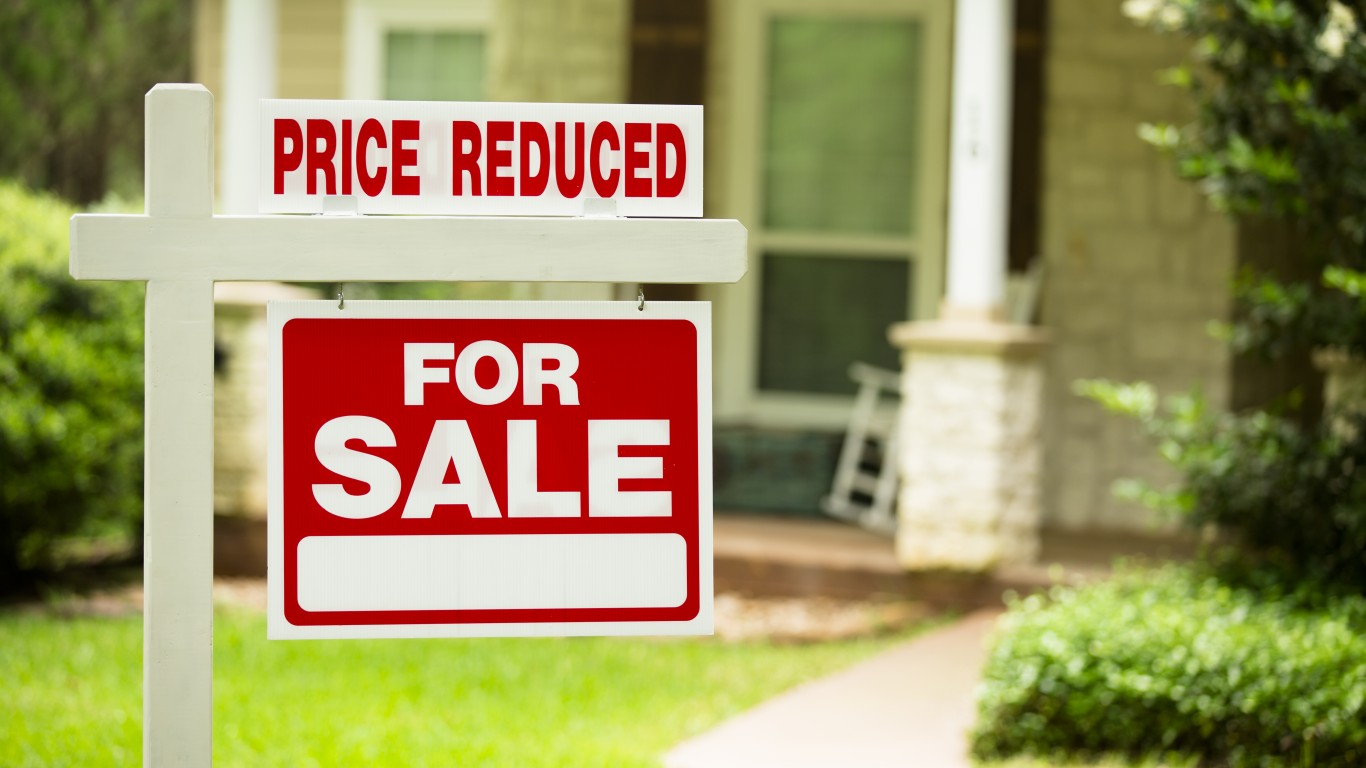
Millions of Americans have gained substantial value in the difference between the value of their homes and that of their mortgage. The collapse of this difference was one of the largest factors in the Great Recession. The rising positive home equity number nationwide reached $6 trillion in the second quarter, a number equivalent to a third of U.S. gross domestic product. Open to question is whether homeowners keep the sum as “dry powder” for the next downturn in housing.
The numbers were provided by research firm Black Knight. The technical term for the $6 trillion is “tappable equity,” which means “the amount of equity available to homeowners with mortgages to borrow against before hitting a maximum 80 percent combined loan-to-value ratio.”
The increase in the figure has slowed recently, despite the record level. The authors of a new report from the firm wrote:
Although Q2 is typically the strongest quarter for home price gains, this year’s appreciation was just 2.7 percent – the lowest second quarter gain in five years, after coming off a five-year high for first quarter growth
Slowing price gains in the nation’s most equity-rich markets drove the overall decline in equity growth.
Part of the reason for this slowing, according to Black Knight, is rising interest rates.
Commenting on the trend, Ben Graboske, executive vice president of Black Knight’s Data & Analytics division, said:
As the second quarter came to a close, the total amount of tappable equity available to homeowners with mortgages surpassed the $6 trillion mark for the first time in history. There is now $636 billion more tappable equity available than at the start of 2018, and nearly three times as much compared to the bottom of the market in 2012. Despite the noticeable slowing in home price appreciation over the past four months that Black Knight has reported on recently, some 44 million homeowners now have equity that could be tapped via cash-out refinances or home equity lines of credit (HELOCs).
The high figure is a buffer in the event that there is another drop in real estate prices. That is based on whether people hold the value of that equity or spend it down, as was the case before the Great Recession.
Travel Cards Are Getting Too Good To Ignore (sponsored)
Credit card companies are pulling out all the stops, with the issuers are offering insane travel rewards and perks.
We’re talking huge sign-up bonuses, points on every purchase, and benefits like lounge access, travel credits, and free hotel nights. For travelers, these rewards can add up to thousands of dollars in flights, upgrades, and luxury experiences every year.
It’s like getting paid to travel — and it’s available to qualified borrowers who know where to look.
We’ve rounded up some of the best travel credit cards on the market. Click here to see the list. Don’t miss these offers — they won’t be this good forever.
Thank you for reading! Have some feedback for us?
Contact the 24/7 Wall St. editorial team.




